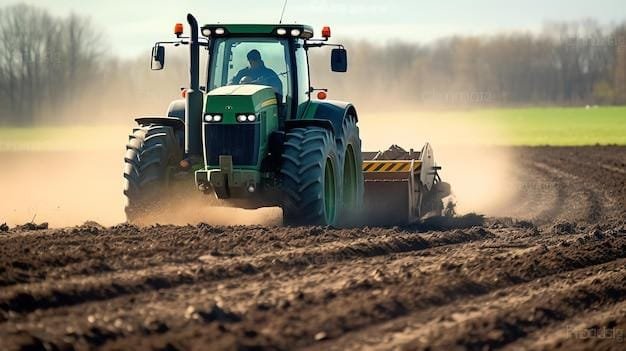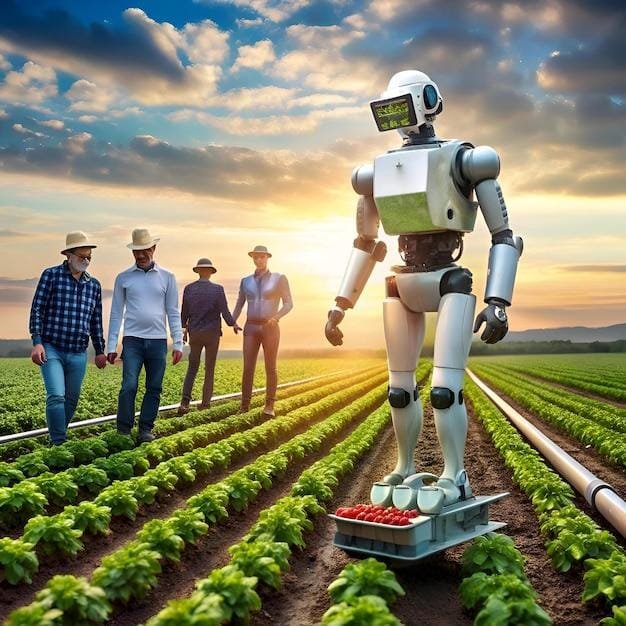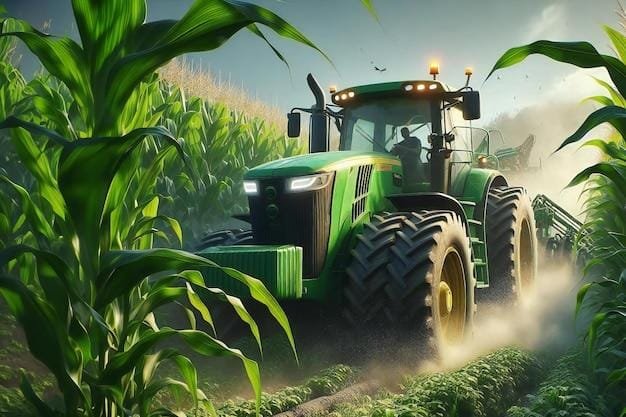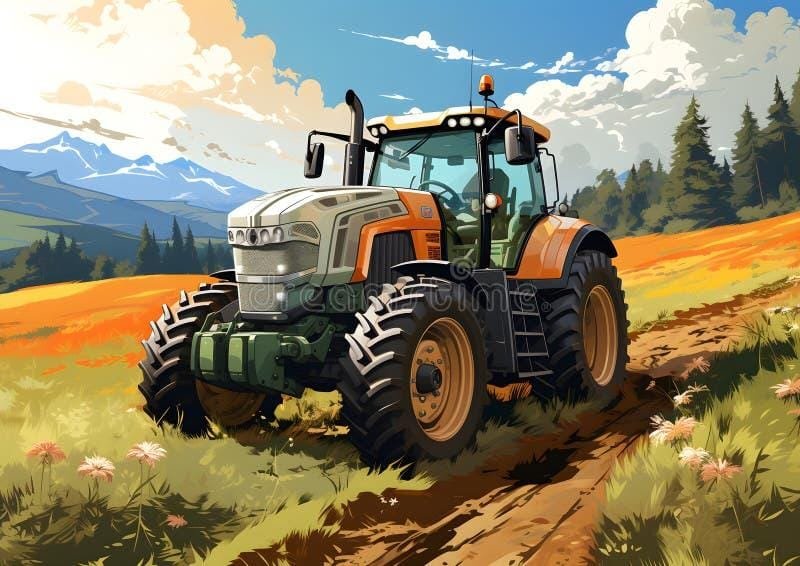A tractor plows through a digital twilight while somewhere in the back office, a low-stakes AI matches invoice terms to unique product codes. The agricultural retail world-long associated with handwritten ledgers and boots-on-soil expertise-now vibrates with artificial intelligence unfurling new branches. Some assume this shakeup springs only from technological evangelists, but the true propulsion is neither pure efficiency nor tech spectacle.
Pressure Beneath the Surface
Modern ag retailers face gale-force headwinds: shifting supply chain bottlenecks, labor contractions inflicting acute operational wounds, climate-fueled unpredictability that can erode gross margins in a single season. The swift decline in available workforce for routine applications has pressed decision-makers to consider tools they once greeted skeptically. Oddly enough, it was not slick chatbot demos but prolonged market instability that catalyzed meaningful investment.
Moving beyond tradition became more imperative following repeated inventory misalignments last year-a case of missing fungicides during peak mildew outbreaks forced many retailers into creative sourcing arrangements rather than optimal ones. Erosion of core relationships is now seen as the biggest ongoing threat; AI applications present as vital scaffolding to retain customer trust against competitors leveraging disruptive technologies.
AI Finds Its Way-from Granular Tasks Outward
Few predicted back-office automation would precede flashy field robots. Yet small apps now parse sales records for anomalies before most branch managers pour their first cup of bitter coffee. A pilot program quietly summarized virtual meetings (sometimes catching side chatter, too) and distributed action item lists within minutes-not always accurate but oddly time-saving all the same. This accretive migration toward digital augmentation radiates outward into crop scouting and yield prediction.
High-resolution drone imagery fed into machine learning systems exposes patchy fungal hotspots weeks before traditional inspection routes even start planning rotations. Semi-personalized recommendations generated by intricate algorithms often surprise both farmers and retail reps-one long-haul customer receiving advice on micronutrient blends based on an overlooked sequence of wet years instead of simple last-season performance tallies.
Customer Experience Shapes Technology’s Path
Not everything pivots around cost savings-and here lies an underappreciated motivator: service continuity amid rising farmer expectations for omnichannel communication experiences unrivaled just five years ago. Retailers discovered their clientele wanted smooth dialogue whether over text message or barn-side chat; integrated systems now merge these threads so no context evaporates between channels.
Curiously enough, data shows younger growers increasingly prefer self-service portals over check-in calls-a behavioral feint reminiscent of cafe patrons who once shunned touch screens yet now order without looking up from their phones. User-friendly mobile interfaces allow access to product availability or stewardship guides without weathering office hold music.
Emergent Themes and Shifting Infrastructure
Industry-wide statistics illuminate momentum: artificial intelligence adoption among organizations is ticking up at a robust annual rate (35.9% CAGR projected through 2030), yet many visionary retailers advocate beginning with unobtrusive implementations like automated note-taking or supply forecasting rather than wholesale business model overhauls.
Small and medium agri-enterprises contend resource optimization sits atop their wish lists-not because sustainability slogans dominate marketing copy but due to relentless pressure from input price inflation paired against regulatory scrutiny regarding water usage patterns or fertilizer application timing.
Saying “Jack Sprat would eat no fat” conveys more about picking one’s battles than any boardroom slide could-the point being every functional area adopts some flavor of AI at its own pace while old methods never vanish overnight.
Precision agriculture itself morphs definitions quickly: what began as sensor-driven soil analysis progressed via unexpected detours into real-time pest detection networks using aggregated satellite feeds; next quarter may see algorithmic demand-forecasting tools recommend contract structures tailored not by geography alone, but by region-specific input-target volatility metrics few outside specialized analysts follow intensely yet.
At times there’s confusion between automating critical planning workflows versus replacing seasoned agronomists’ intuition altogether-one day someone asserts that “AI will smooth every wrinkle,” next week emphasizing how knowledge transfer still relies on storytelling more than clean dashboards.
A Subtle Surge Forward
Perhaps ironically-for a domain known for rugged directness-the most transformative aspect arrives subtly through minor workflow nudges: summaries delivered before morning staff meetings prompt healthier debate; sales routines shift slightly when presented optimal upsell bundles based upon anomalous purchasing lag times rather than classic seasonal windows alone.
With market expansion continuing apace (expected valuation growing from USD 2.4 billion in 2025 toward USD 3 billion-plus one year later), stakeholders must balance ambitions against delicate relationship architectures underpinning farm-to-input trust webs impossible to quantify directly-even as another predictive dashboard launches next month promising just that measure.
Sometimes you circle round old ideas after fresh innovations-remembering halfway through implementing new CRM routines that personal handshake agreements haven’t vanished-in places yes-but where roots run deep sometimes technology walks behind tradition until coaxed faster by external winds not easily charted by lines graphed neatly onto marketing reports.
So while logic might suggest sudden universal changeovers, practical reality suggests layer-upon-layer adoption fueled less by hype cycles than slow-burning industry needs-for stability chiefly-with bursts occasionally sparked off desperation when another “never event” strikes unexpectedly during harvest or audit season again. That odd rhythm persists throughout ag retail’s steady encounter with AI-and it seems unlikely any algorithm could script quite such choreography intentionally just yet.







